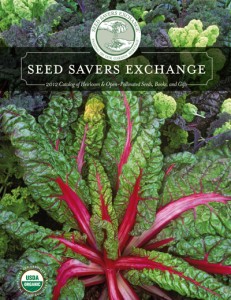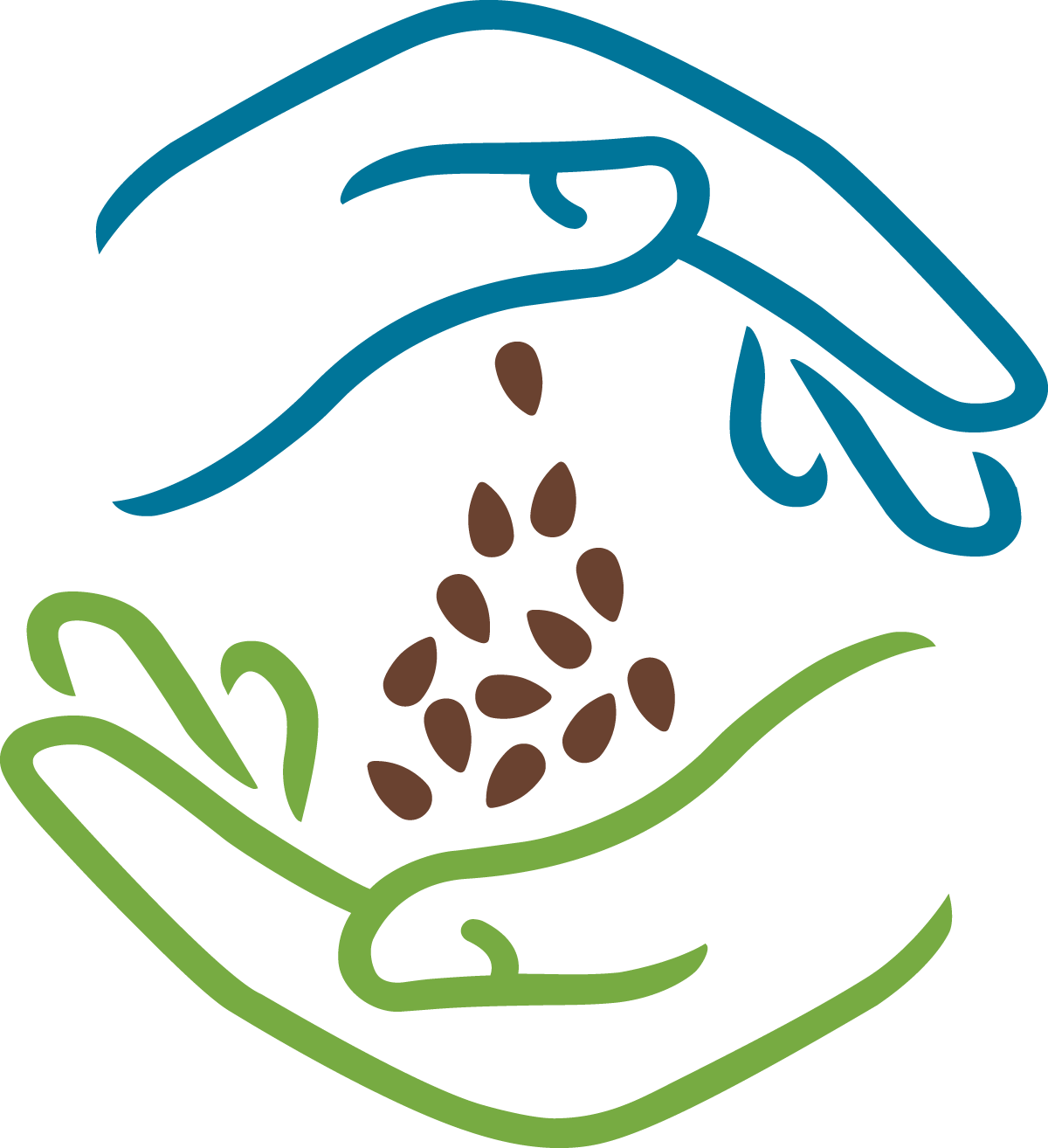Evaluating Hundreds of Heirloom Seeds
/Each year at Heritage Farm we grow a portion of our collection—family heirlooms passed down generationally and given to Seed Savers Exchange for safekeeping.
Part of the responsibility that comes with maintaining this unique collection of fruit and vegetable varieties is understanding as much as we can about each one. To gain this understanding, every summer—in addition to growing varieties that are in need of refreshed or increased stock—we also grow a portion of our collection for evaluation purposes.
This year we are growing more than 400 varieties of heirloom seed in our evaluation gardens—from amaranth to watermelon—with beet, carrot, celery, collard, corn, cowpea, cucumber, eggplant, kale, kohlrabi, leek, lettuce, lima, melon, mustard, okra, pea, pepper, radish, rutabaga, squash, Swiss chard, tomato, and turnip in between.
Why do we evaluate these varieties?
The evaluation crew spends their summer documenting and describing each variety we grow. The crew collects data on traits such as plant height, flower color, days to maturity, and fruit size, to name a few. We also evaluate how a variety might do in the marketplace, considering taste and culinary usage. For example, this year we are evaluating 40 varieties of beans and will classify them as snap beans, shelling beans, or dry beans.
Evaluation data not only helps us make informed collection management decisions, it also gives us the information we need to write detailed plant descriptions. Plant descriptions are key to promoting our collection in the Seed Savers Exchange Yearbook and other publications, increasing the distribution of collection varieties to our members’ gardens and bringing more active participants into our preservation efforts. It is our hope to see more and more of our collection being grown, enjoyed, and preserved in gardens across the country.
We are one of the few organizations doing this important work with heirlooms. And with thousands of varieties in our collection, this is work we do each summer, year after year.
You can help by supporting this work essential to our preservation efforts.
A tax-deductible donation to Seed Savers Exchange will help us continue to maintain genetic diversity through projects like the evaluation program. Support our effort by making a donation or becoming a member online today, or call us at (563) 382-5990 (M-F, 8:30 am - 5:30 pm Central Time).
Thank you for helping us maintain these heirloom varieties for future generations to come.
John Torgrimson Diane Ott Whealy Executive Director Co-founder and Vice President
_____________________________________________________
Seed Savers Exchange is a non-profit organization, with a mission to conserve and promote America's culturally diverse but endangered garden and food crop heritage for future generations by collecting, growing, and sharing heirloom seeds and plants.

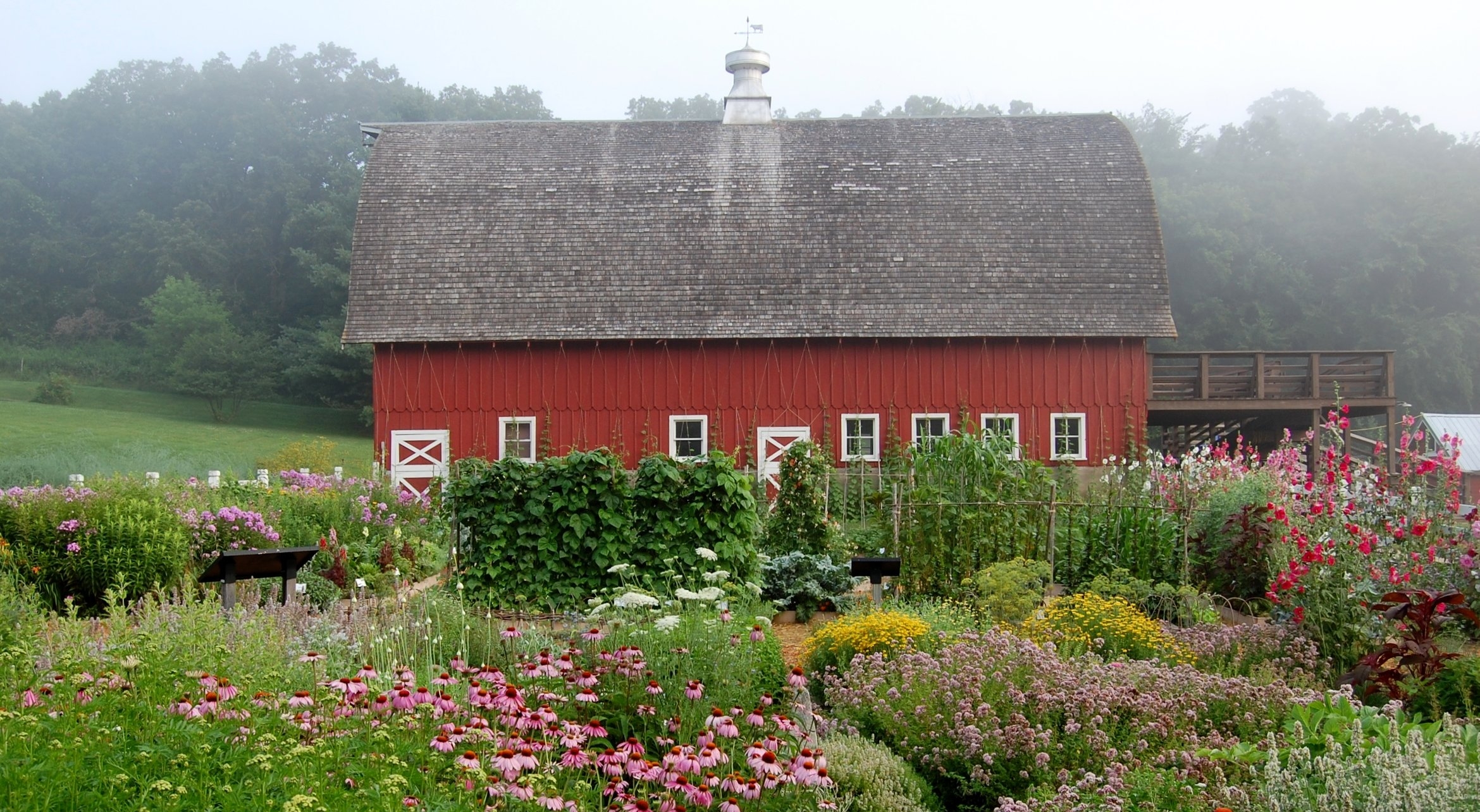
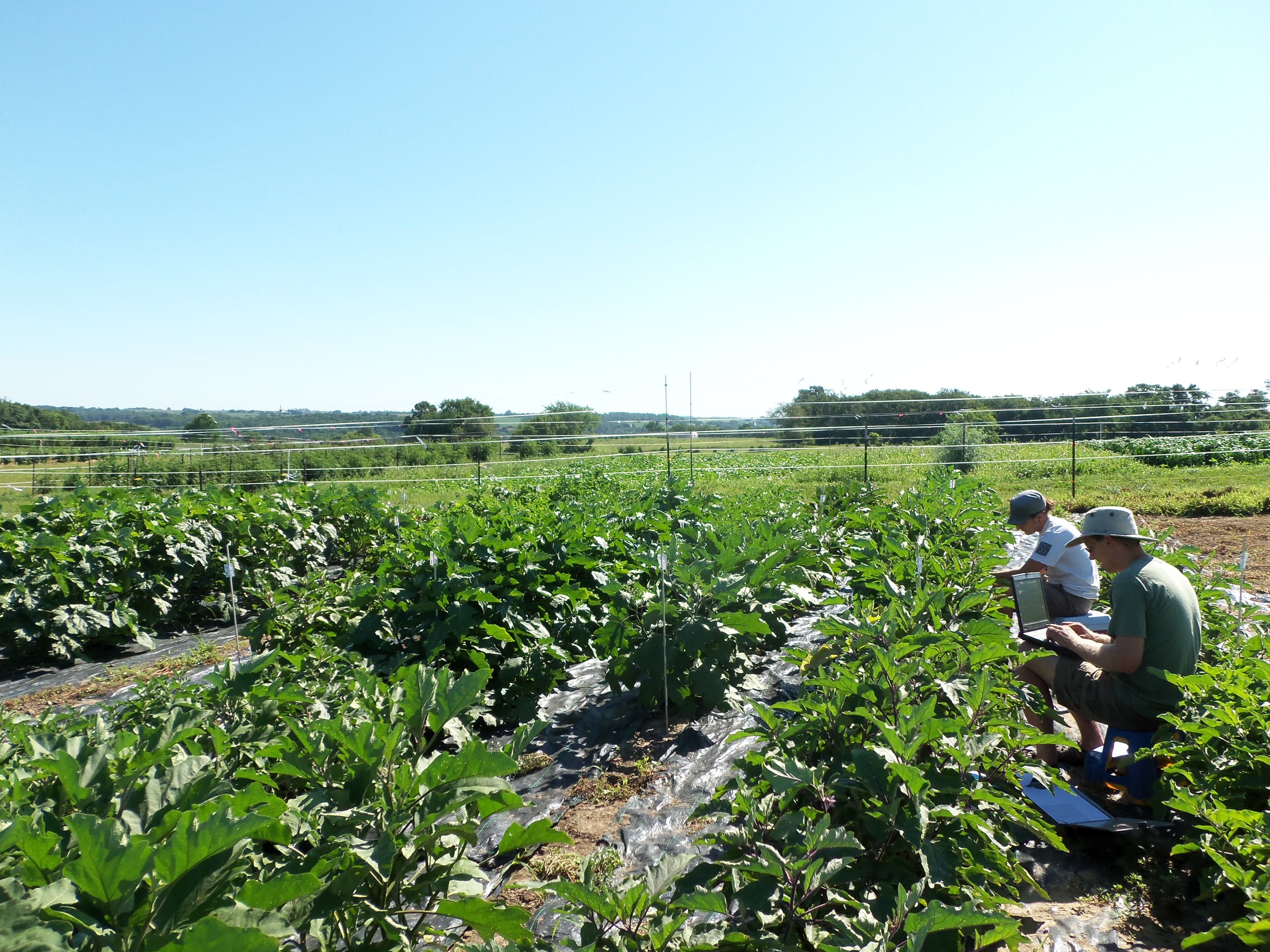
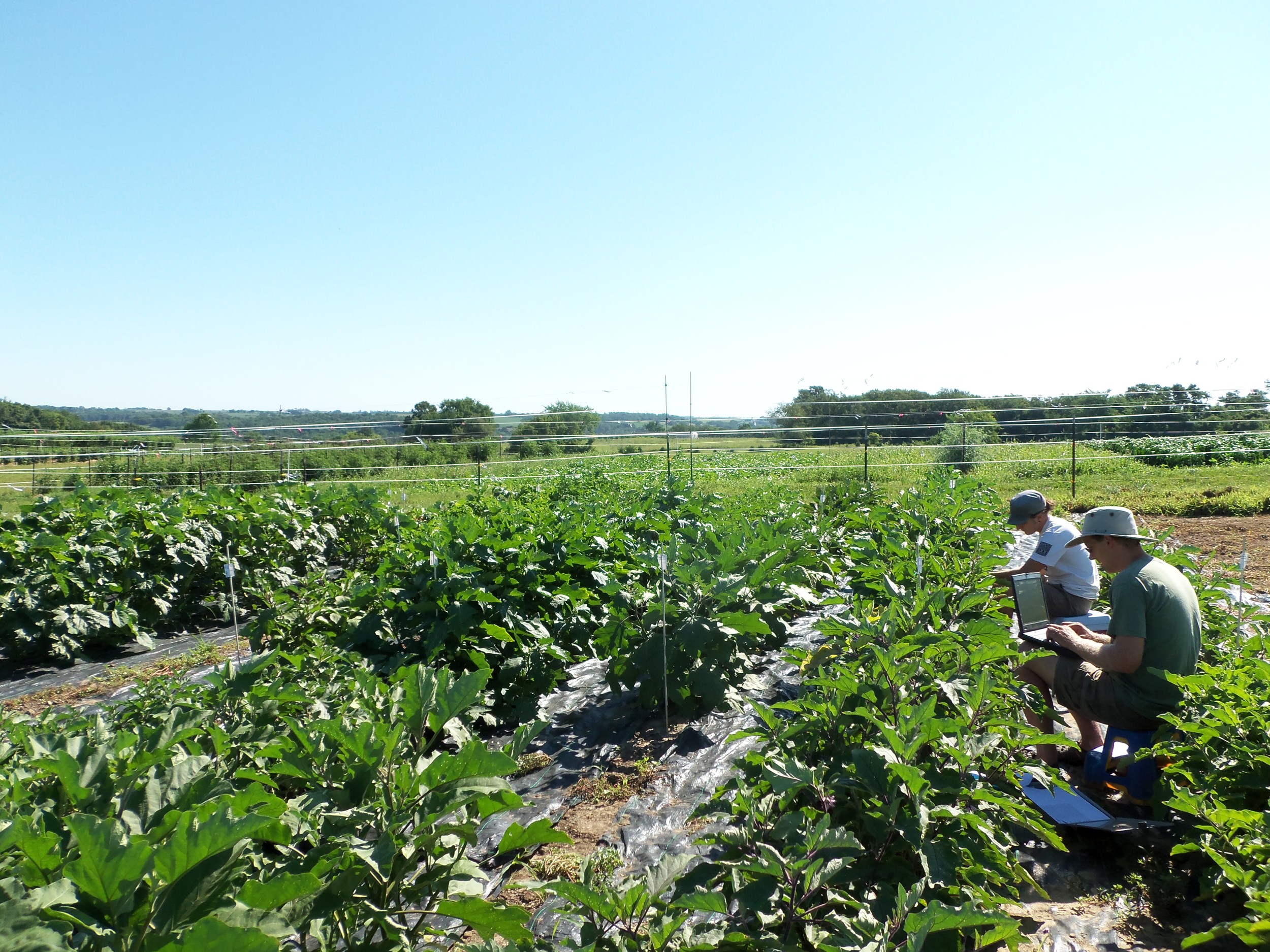
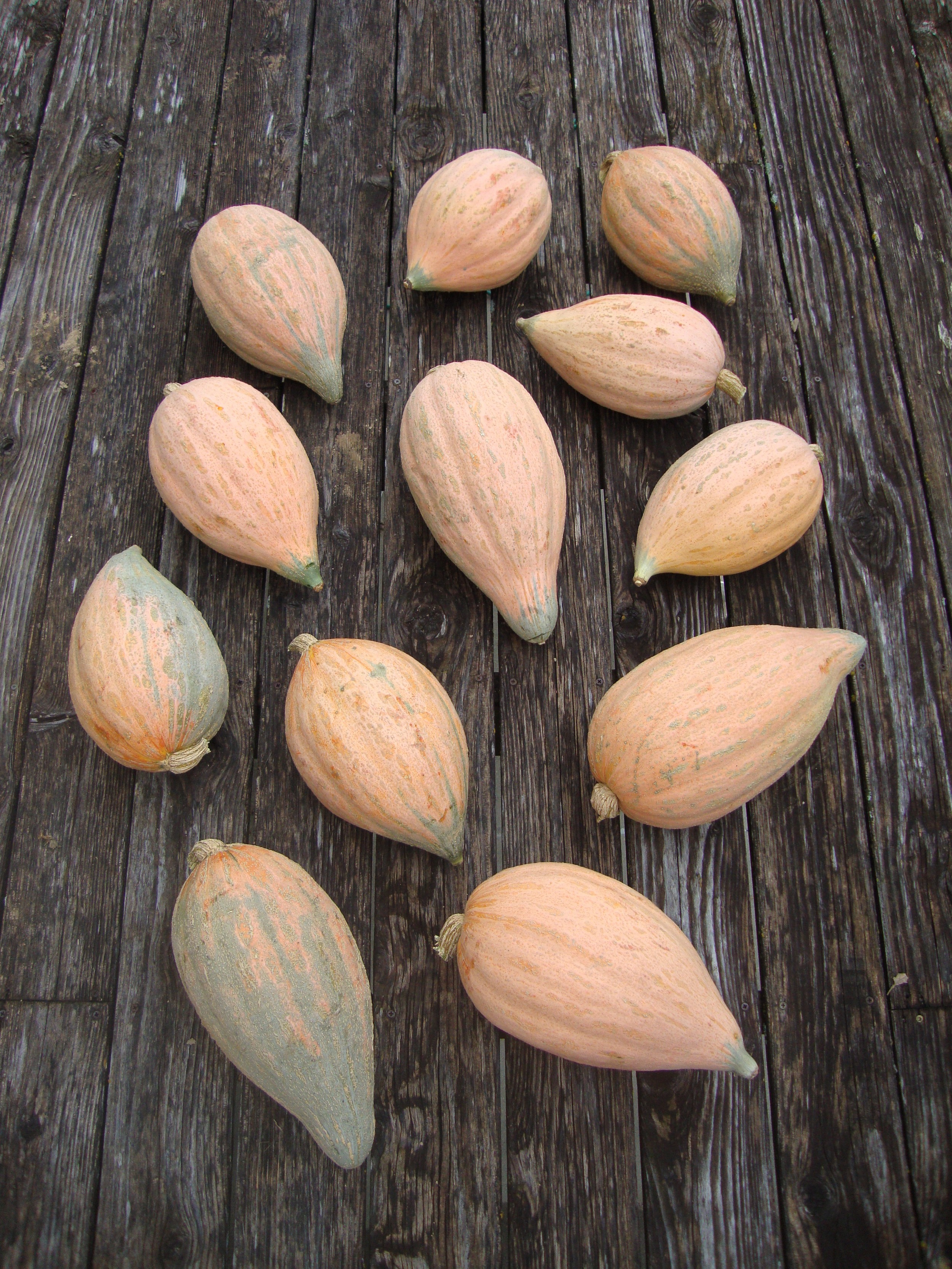
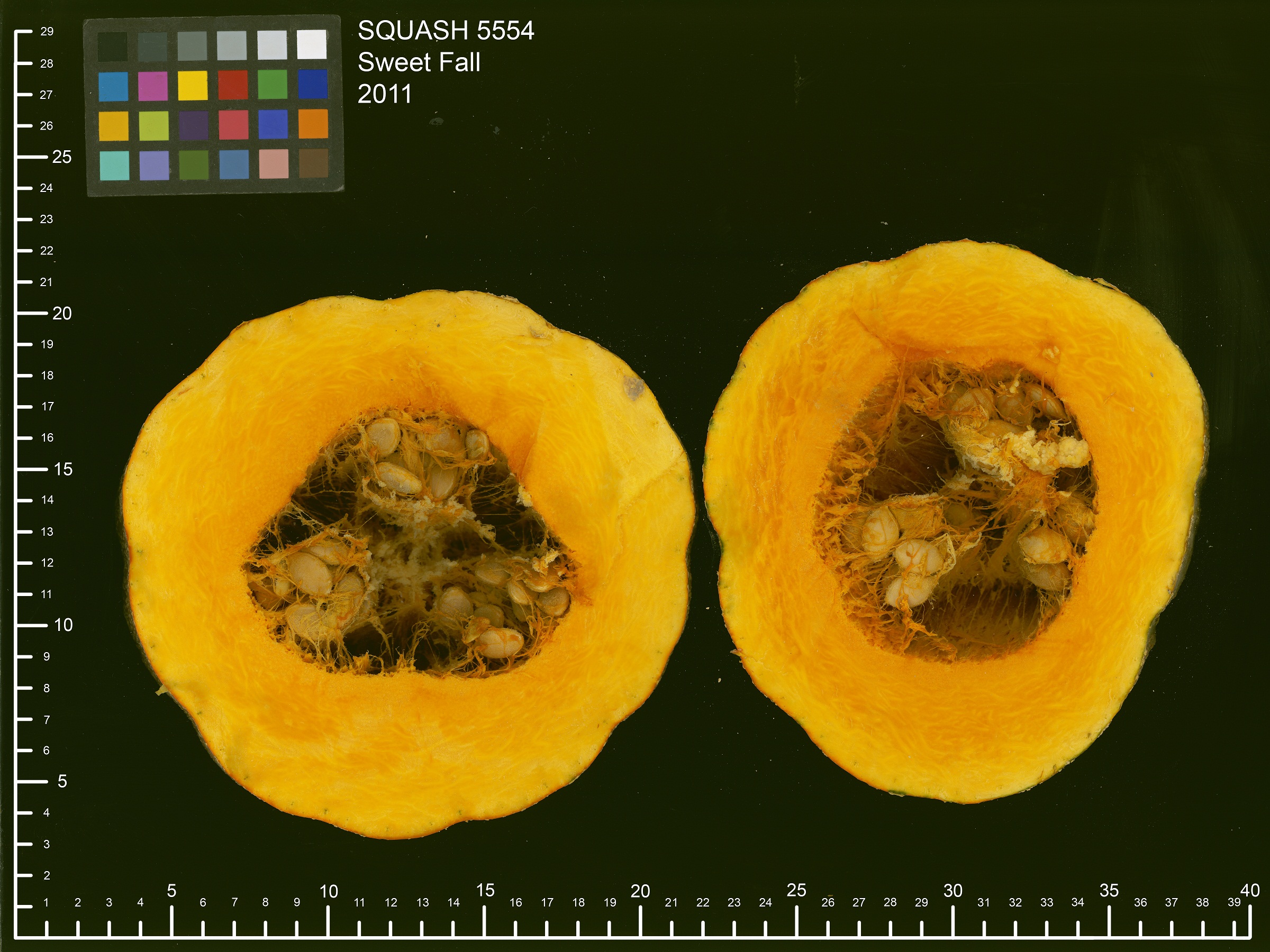




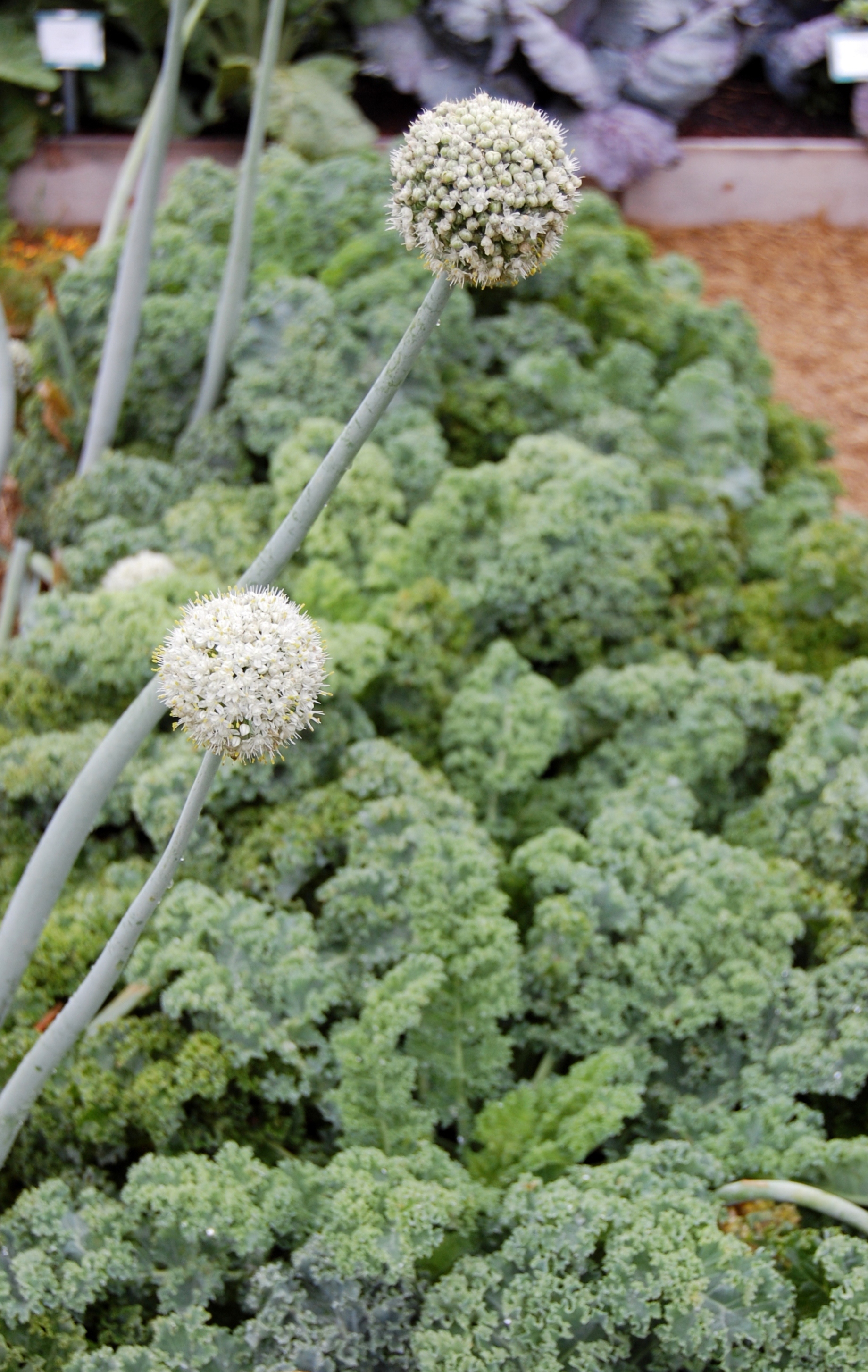




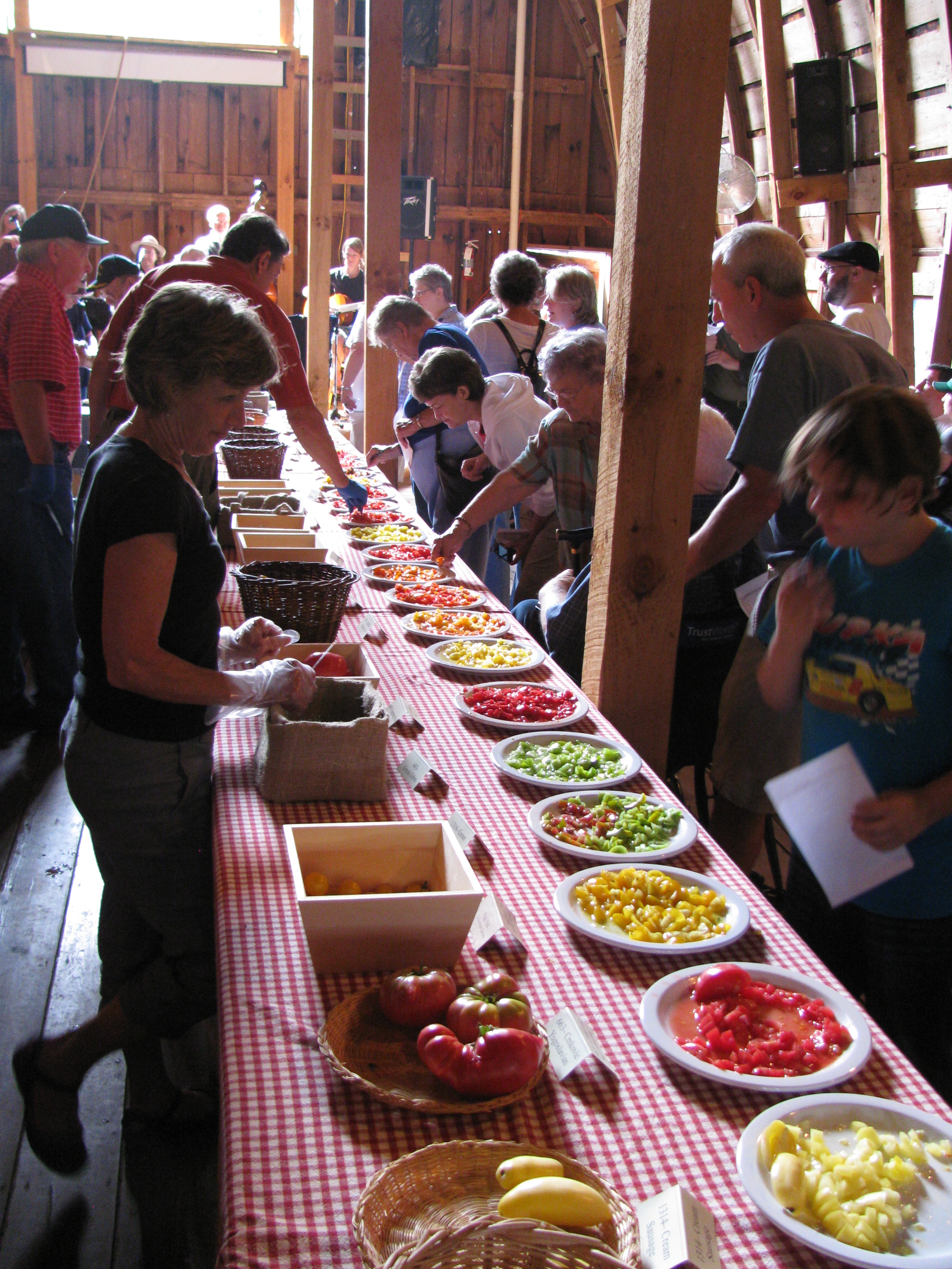
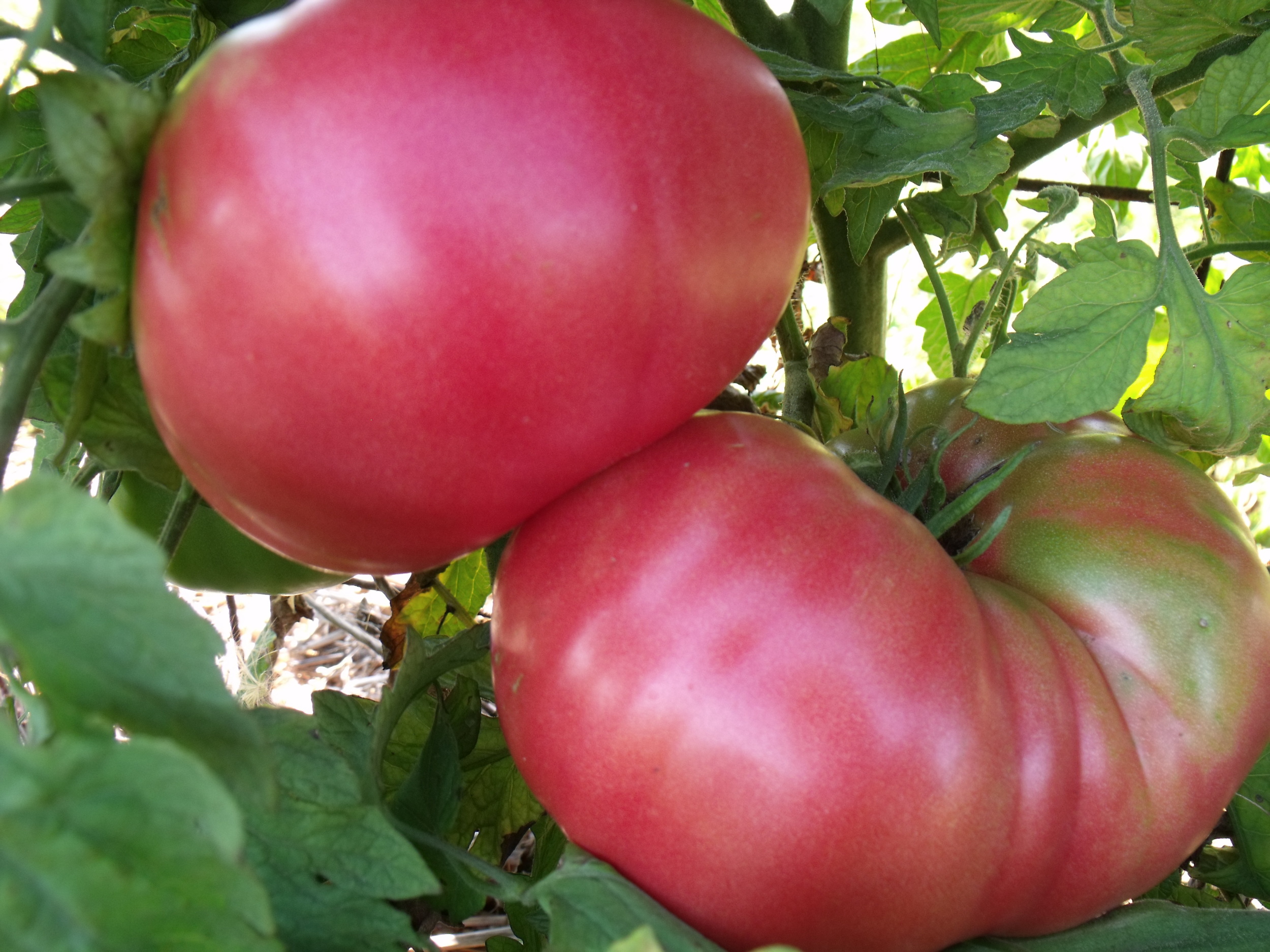



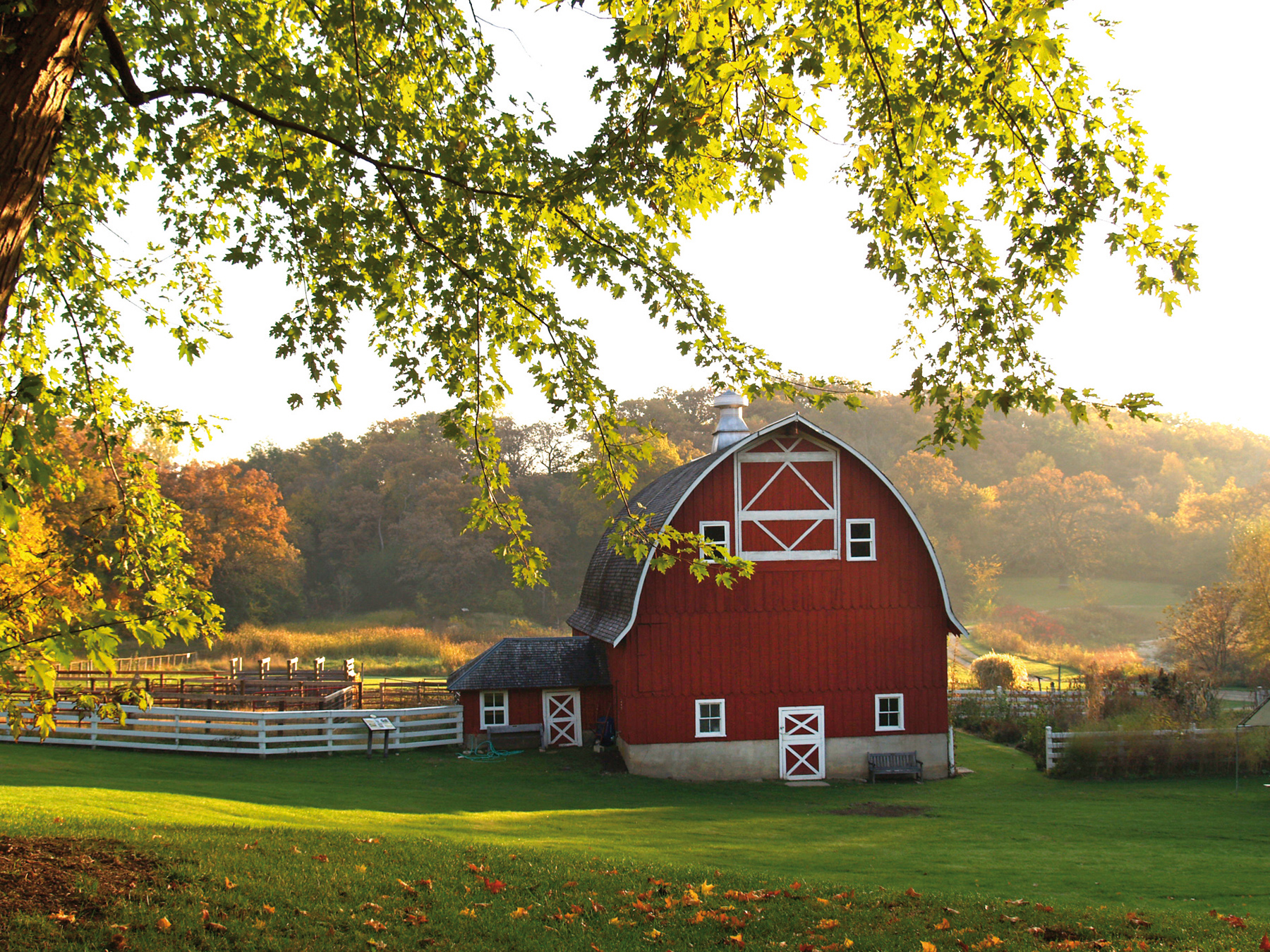
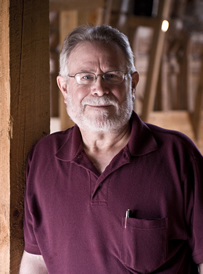





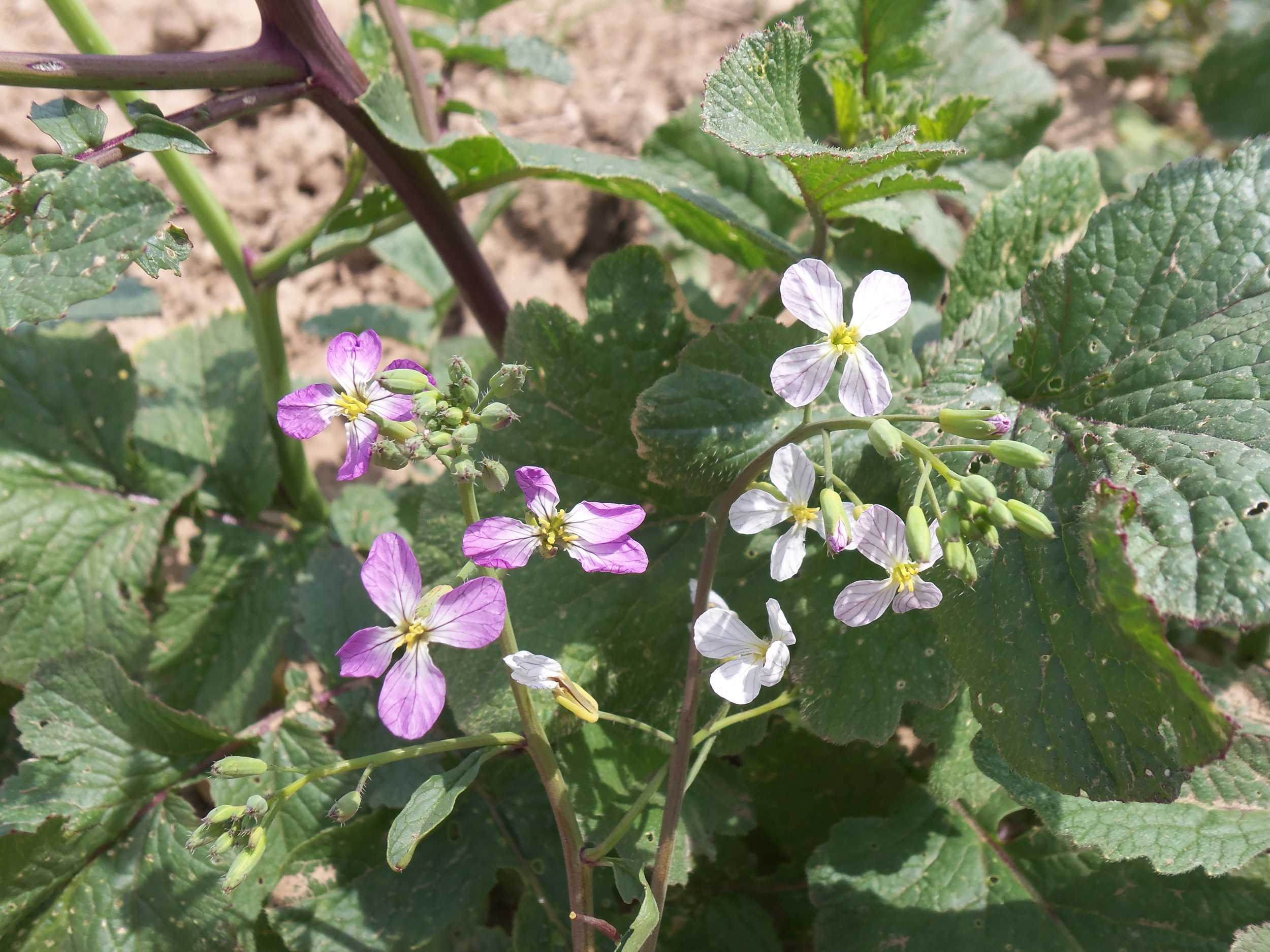

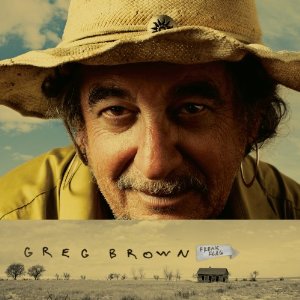 Singer-songwriter and longtime friend of Seed Savers Exchange Greg Brown will return to Heritage Farm for a benefit concert under the stars on July 14, 2012! Joining Greg will be special guest Bo Ramsey.
This acoustic performance marks Brown’s ninth stage appearance at Seed Savers Exchange (SSE), a favorite venue of the Iowa superstar. This benefit concert will support SSE’s mission to maintain and distribute heirloom varieties.
Singer-songwriter and longtime friend of Seed Savers Exchange Greg Brown will return to Heritage Farm for a benefit concert under the stars on July 14, 2012! Joining Greg will be special guest Bo Ramsey.
This acoustic performance marks Brown’s ninth stage appearance at Seed Savers Exchange (SSE), a favorite venue of the Iowa superstar. This benefit concert will support SSE’s mission to maintain and distribute heirloom varieties.
